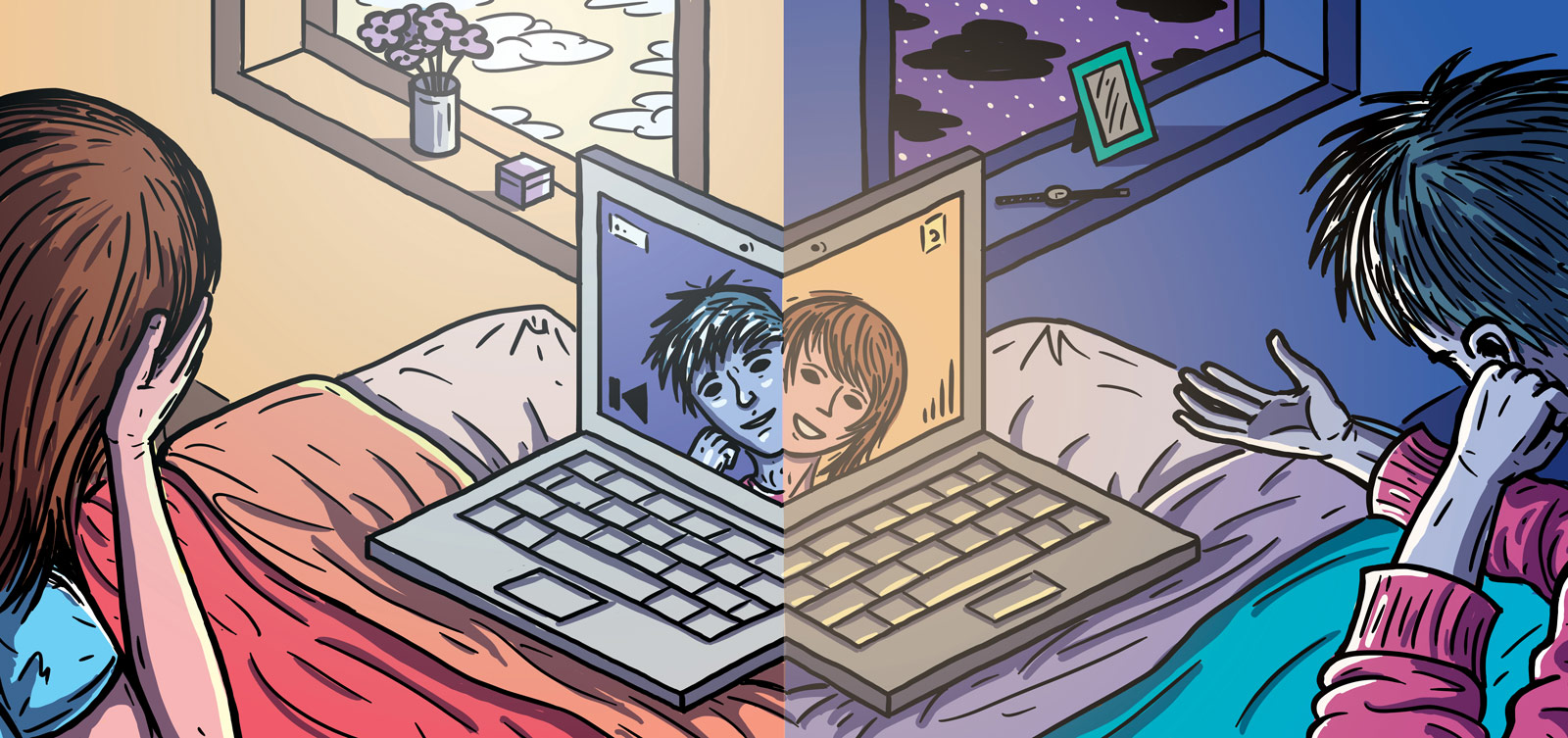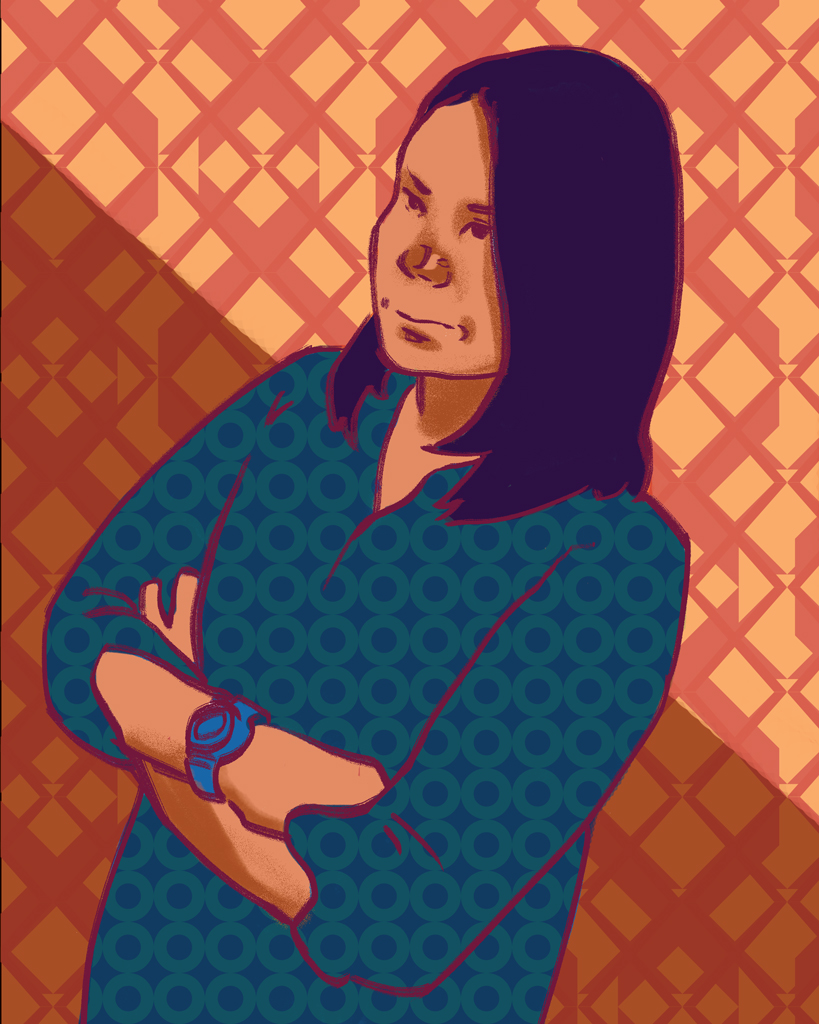We are living in the information age, a period in human history brought to fruition by the digital revolution. As time proceeds, more and more of our daily lives are becoming computerized. Technology has changed how we share news and information, the way we socialize and make friends, and even the way we date and fall in love. With the ubiquity of smartphones, tablets, laptop computers, and wearable smart devices, meeting someone new is as easy as a swipe to the right. Finding and building relationships has become easier than ever in the information age.
The Internet, the foundation of all digital communication today, first began as a military network for the exchange of information. This network was called the advanced research projects agency network, and was developed in the 1960s. By the 1980s, this technology began to be used for commercial and civilian purposes, and as of 2014 over 40 per cent of the world’s population is online. That number is expected to grow as Internet access becomes available to countries around the world.
While individuals have occasionally connected on chat sites, special interest forums, or online gaming, the first mainstream dating site didn’t open until 1995. Match.com, founded by Gary Kremen, is currently one of the most successful and longest running websites dedicated to bringing potential couples together. In a 1995 interview with Wired magazine, Kremen said, “I thought it would be really interesting to use the Internet for relationships, and to do it right.”
Since then, thousands of online dating sites have launched. A study by researchers from the Amsterdam School of Communications Research estimates that 37 per cent of single Americans have used online dating. While some individuals may believe that online dating attracts individuals with a predisposition to dating anxiety and other similar social influences, the study found there was no correlation between dating anxiety, loneliness, and introversion. Income and education were also not related to who turns to online dating.
So, how is online dating helping us find love in the age of technology? Online dating enables users to conveniently meet others with similar interests, lifestyles, philosophies, and dating intent (“Looking for a Long-Term Relationship,” “Looking for Marriage,” etc.). Many dating sites include questionnaires to help match users with similar values using algorithms.
Additionally, the time and resource commitment is much lower compared to traditional dating. Instead of relying on friends to introduce you to other singles, or having to spend time trying to get exposure to other singles by going out to nightclubs, volunteering, or social events, online dating is an independent activity.
The study also found that people who met online were more likely to disclose more about themselves in online communication, fostering relationship formation.
The University of Chicago reported that between 2005 and 2012, one-third of marriages in the U.S. began with online dating.
More convenient than dating sites are dating apps, which have seen a rise in popularity within the last year. One of the most successful examples is Tinder, an app which matches users based on proximity. The app allows the user to swipe left (not interested) or right (interested) after showing the photo and brief description of a potential match. The app eliminates the anxiety of having to express or receive rejection, since users are never aware of what a response is unless both users respond positively. Once users have been matched based on their response, they get a chance to interact through a messaging system.
Tinder is available on iOS and Android platforms. While Apple does not reveal how many times an app has been downloaded, Android’s Google Play reports over 10 million downloads.
Technology is also beneficial to already existing relationships. In many long-distance relationships today, technology shortens that distance by enabling easy communication and shared interaction. Some of the most popular applications used by long-distance couples include Skype, WhatsApp, Viber, Facebook, iMessage, FaceTime, or just texting, allowing couples to continuously stay in touch.
Some readers of the Manitoban shared how technology has had a positive influence on their long-distance relationships.
Rebecca van Ginkel, an undergraduate student in the faculty of science, explained that her three-and-a-half-year relationship, which has been long-distance for two and a half years, would not have been possible without digital technology.
“Skype is invaluable. I don’t know if I can explain just how important it has been. But being able to see each other’s face and watch each other’s expressions while you share jokes and talk about your day makes for a pretty normal conversation in a not-so-normal relationship.”
Alison Muller, a University of Manitoba alumna, told the Manitoban that the Internet has also been fundamental to the success of her long-distance relationship. Using the video game client Steam, she and her boyfriend have been able to bond through online gaming and communicate through Google chat while working.
“We Skype regularly, of course, but we also play video games together online via Steam, mostly Borderlands 2 [a birthday gift that was sent digitally and without shipping delays], and Torchlight 2. [Steam] also allows us to chit-chat when we are playing different games as well.”
Such applications of technology also help overcome barriers other than distance in relationships, enabling couples to remain close.
Carolyne Kroeker, the Manitoban’s photo editor and an undergrad student in the faculty of fine arts, uses technology to communicate with her partner who has hearing loss. “Texting is super crucial to how we communicate day-to-day. Facetime [and] Skype [are] also really helpful since they allow him to lip-read me when I talk. Honestly, technology has been very helpful to our relationship.”
Kroeker and her partner are both artists, so technology has helped them share more than just conversation. “While working on art, if we are not together at the time, we can send each other progress shots and get each other’s opinions and suggestions.”
Modern love is saturated by technology, and for good reason. Technology has changed the way we connect, helps us find love, and enables us to maintain it.
This article is part of a debate included in the Manitoban‘s ‘Love in the age of technology’ feature. The counterpart article is titled Swipe right for “love”.





